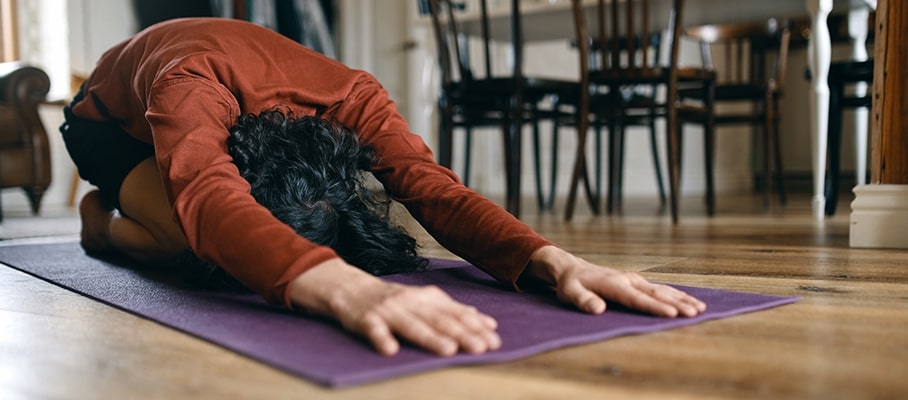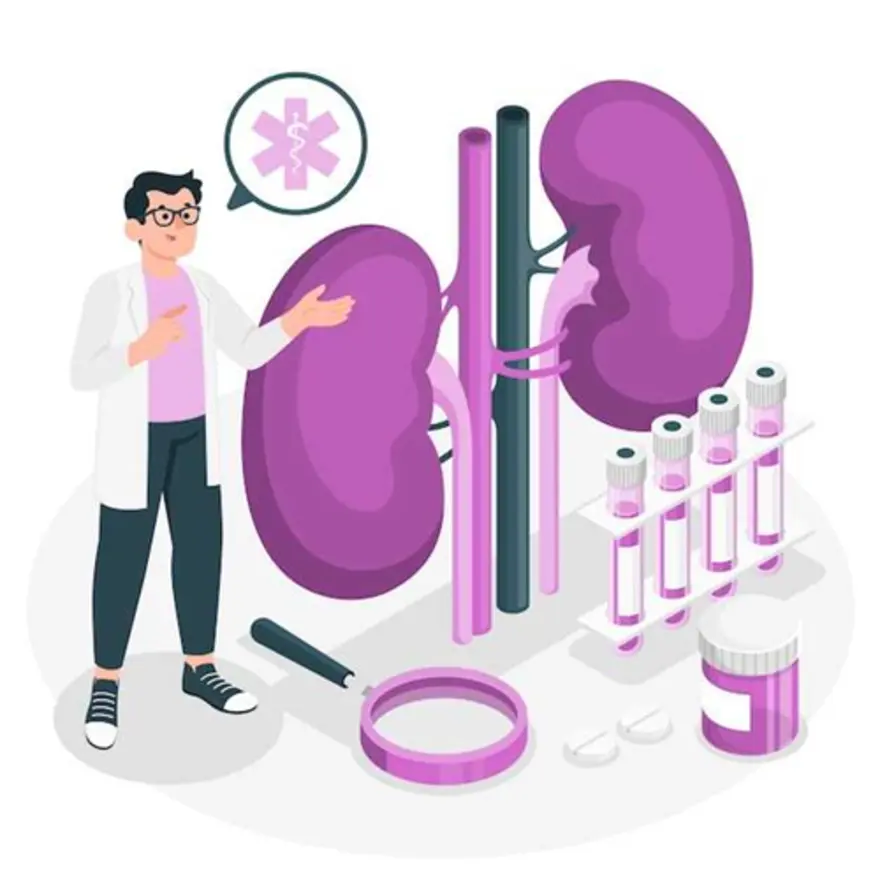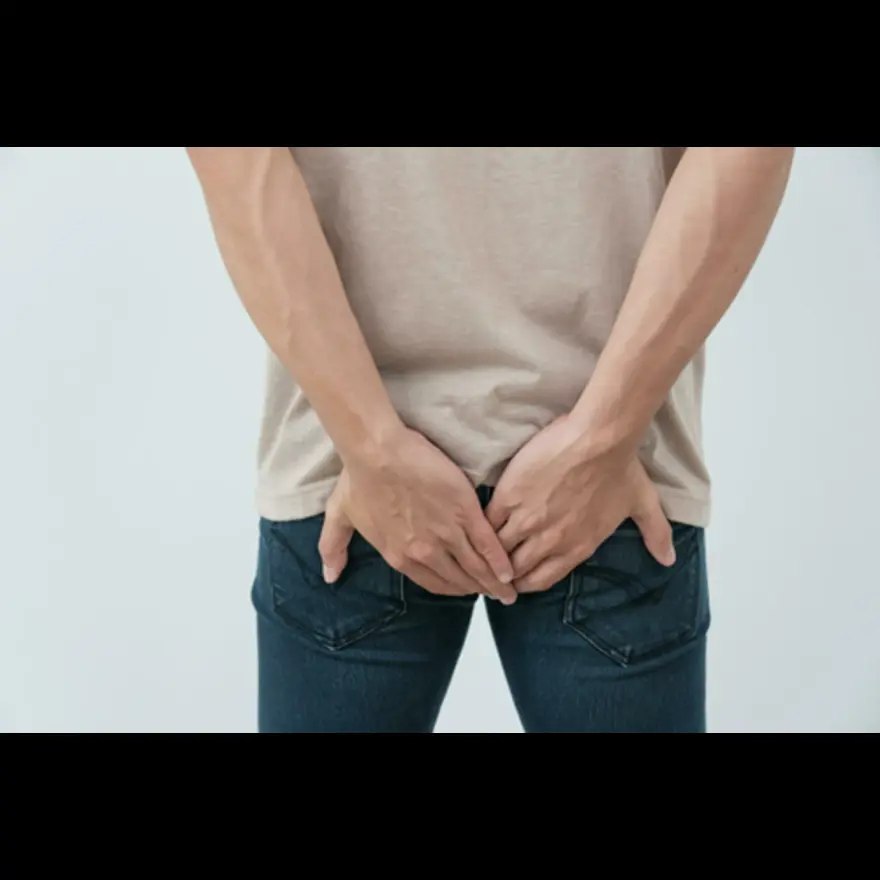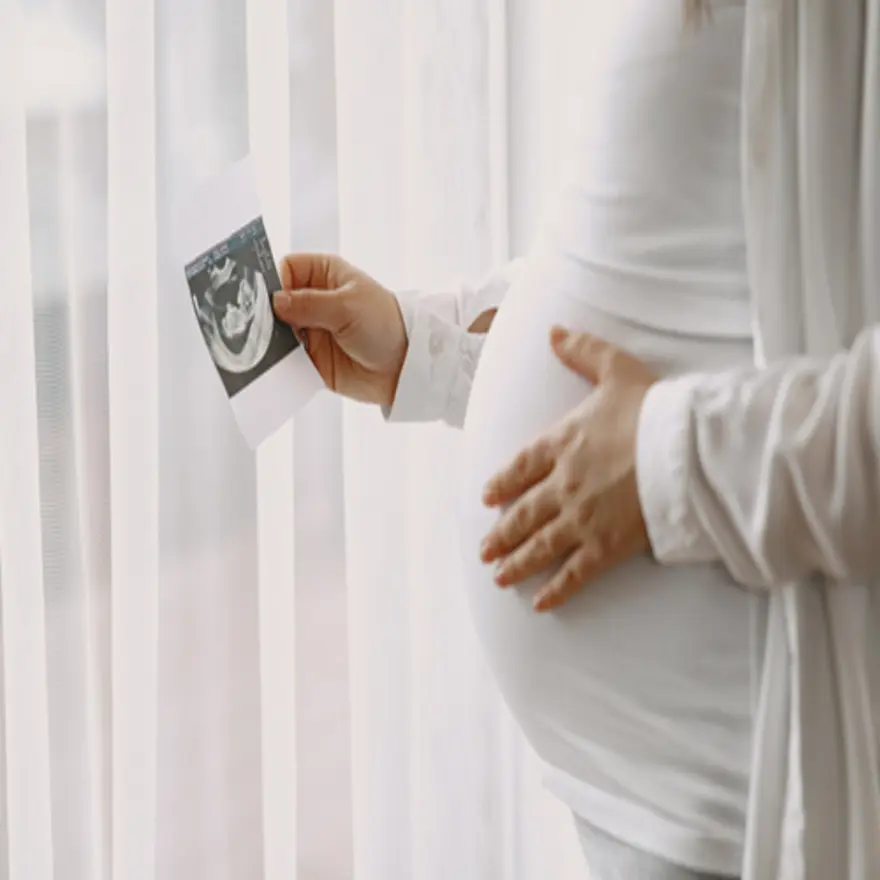Health Test
Effective Back Pain Relief: 7 Exercises and Stretches for a Healthier Back
5066 Views
4

Modern technology has blessed us with plenty of benefits and conveniences, but with one major drawback: our fondness for prolonged sitting. Many of us sit for more than nine hours a day, seven days a week. Experts are now convinced that sitting for long stretches can affect our health in the long run and have linked too much sitting to several ailments such as back pain, increased stress of the upper and lower back, neck, arms and shoulders. With the work from home scenario, prolonged sitting in a hunched over position can put greater strain on the back muscles and spinal discs, the fluid-filled cushions that protect the vertebrae from rubbing against each other and act as the shock absorber for your spine. However, you can save your back from the pain by finding simple ways to incorporate health and fitness into everyday work life.
It doesn’t have to take a lot of efforts to track and take better care of your health on the job. Book a complete health check-up in no time.
Working from home and feeling that restricted movement is harming your back? Including stretching exercises into your daily routine can help relieve back pain and improve your posture and flexibility.
7 simple stretches to relieve back pain
Stretching, improving hip flexibility and core stability can help reduce the symptoms of lower back pain. To help you get started, we have put together this list of 7 simple yet effective work-friendly stretching exercises that will counter the effects of sitting all day.
- Bridge exercise
Rest comfortably on your back with your knees bent and your feet flat on the floor. Keeping your shoulders and head pressed against the floor and relaxed, tighten your abdominal and gluteal muscles. Keeping your arms by your side and your core engaged, raise your hips towards the ceiling to form a straight line from your knees to your shoulders, with your chest off the ground. Try to hold the position long enough to complete 3-4 deep breaths. Return to the starting position. Do five repetitions and gradually work up to 20. Do not try to hold your breath as you perform this exercise.
- Knee-to-chest stretch
Lie on your back with your heels flat on the floor. Using both hands, pull up one knee and press it to your chest while keeping the other leg bent or extended straight out along the floor. Feel the tight stretch down the back of your leg and the gluteus muscles. Tighten your abdominals and press your spine all the way down to your tailbone and avoid lifting your hips. Hold for 15-20 seconds. Return to the starting position, switch legs and repeat the same thing. Next, return to the starting position and then repeat with both legs at the same time, preferably 2-3 times. To take it a notch higher, tuck your chin into your chest and lift your head up toward your knee.
- Back twist
For occasions, when you’re unable to get away from your work area, doing a back twist could be a good alternative. Sit comfortably in your chair and place your right arm behind your right hip. Twist to your right and hold for 10 seconds, then repeat on the other side. Do this 4-5 times in both the directions. This is a natural stretch that you can do when your body is feeling a bit stiff and tired.
- Prayer Stretch or Child’s pose
Sit back on your heels while tucking legs underneath your thighs and bend forward at the waist, extending arms out over the head onto the ground, making sure your lower back muscles are stretched completely and your hips are resting on the heels. Rest your belly on your thighs. Hold for 30-60 seconds and slowly bring yourself back to the start. Breathe deeply, releasing any tension or tightness. Repeat 3-5 times to help relieve back pain and strengthen your muscles. Feeling better now? You can do this pose several times during the day, and also between each stretch.
- Lower-Abs lifts
Simply, sit straight up, with your knees bent and feet flat on the floor. Lift one leg up at a 90 degree angle, keeping the core tight. After doing 7-8 reps, switch to the other leg. And then try lifting both up at the same time. Alternatively, extend your right leg out in front of you until it’s straight and parallel with the floor. Hold the pose for 10 seconds, release, and repeat with your left leg. You can make it more challenging by positioning both your hands parallel to the floor, in a straight-back position.
- Spinal Twist
Keeping seated with your knees in line with one another flat on the floor, place your right hand on your left knee and twist your entire upper body to the left, looking behind your shoulder. You can place your hands on the chair handle to help deepen the stretching exercise. Take a few deep breaths, and then twist back and repeat on the other side. Hold on for 20-30 seconds and as far as you comfortably can. This stretch keeps your spine flexible, and is also beneficial to your lower back.
- Hip-Flexor stretching exercise
To begin with, place one foot on top of your chair, shift slightly forward onto your straight leg, bringing your back hip forward as well. Feel the stretch on your hip flexor of that back leg. Make sure your lower back is straight throughout; if not activate your core by pulling your torso back towards your spine. Remain in this pose for 10-15 seconds and then switch sides before you repeat.
When to seek Medical Care for lower back pain
While not common, certain back pain symptoms can signal a serious underlying medical condition. If your lower back pain interferes with daily life activities, it’s advisable to seek medical attention to obtain an accurate diagnosis.
Your health numbers can give a fair enough idea to your healthcare provider what might be causing your back pain. Book a full body check-up now.
Apart from these, a diagnostic imaging scan including X-ray, CT scan, and MRI can provide more insights and may be indicated if you have acute pain, not relieved within two or three months or one that does not get better with nonsurgical treatments.
Ready to relieve back pain at home?
You use your lower back for several important things, from walking and running to simply getting out of bed in the morning, which makes it essential to keep it in good working order with regular stretching. While some mild discomfort and pain can be expected anytime you start a new workout, as you work your way back to better health and your muscles strengthen, that pain and discomfort should disappear.























 WhatsApp
WhatsApp
Deepak chavan
04 Dec 20 10:51 amThank you
Deepak vittal chavan
04 Dec 20 10:52 amThank you
Deepak vittal chavan
04 Dec 20 10:55 amThank you
Deepak vitthal chavan
04 Dec 20 10:57 amOk